In pictures: Blue supermoon captured over the West Midlands
- Published
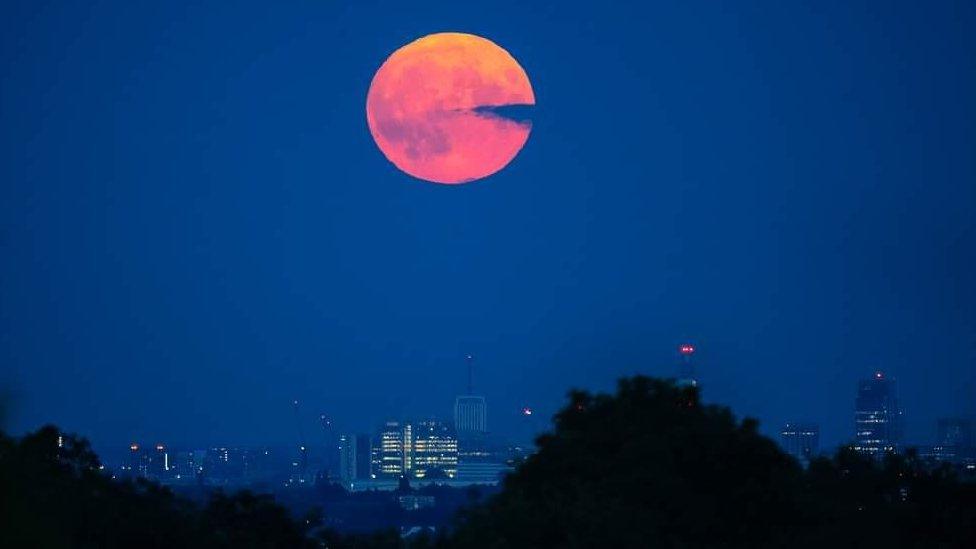
Ian Parkes captured the moon rising above Birmingham from Sedgley
People across the world have been captivated by a rare blue supermoon.
The blue Moon phenomenon occurs when the pattern of days means there are 13 full moons in a year, rather than the usual 12.
Wednesday night's appearance was also a supermoon, marking the satellite's closest point in its orbit of the Earth, making the Moon appear larger and brighter than normal.
Not wishing to miss the once in a blue (super) moon occurrence, BBC Weather Watchers across the West Midlands turned their cameras skywards.
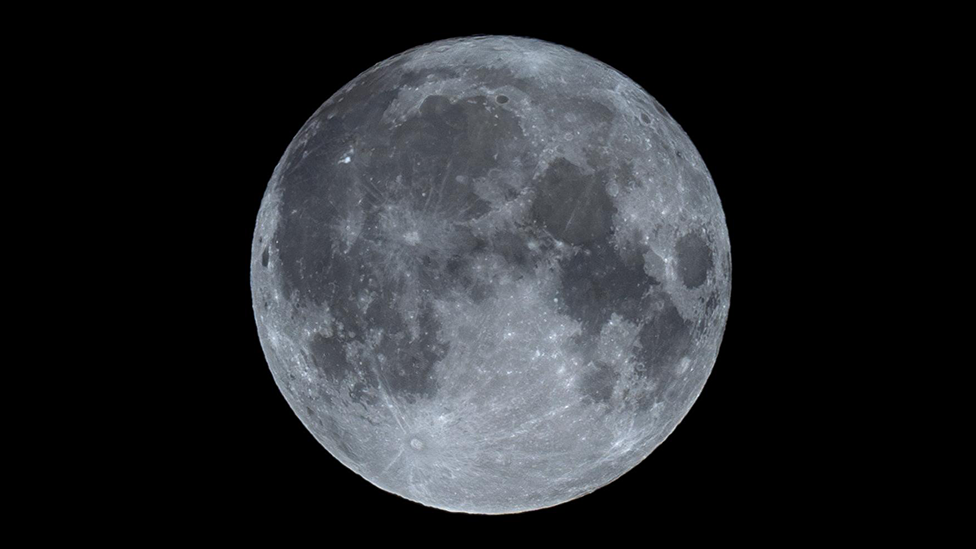
Several BBC Weather Watchers managed to get good quality close-ups of the lunar landscape, such as this one from Gobowen
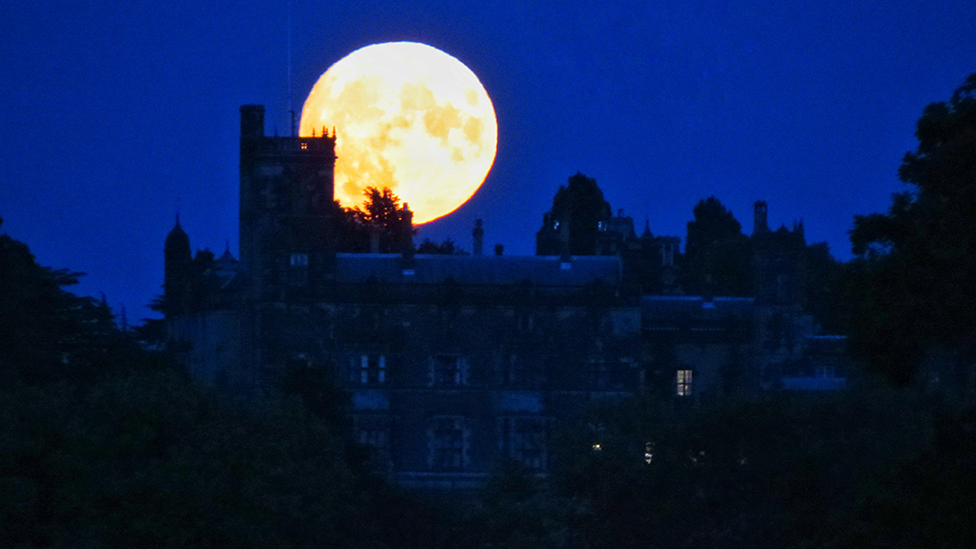
The supermoon made it appear larger and brighter than normal, here illuminating Baxterley in Warwickshire
Despite its name, a blue moon has nothing to do with its colour, but is called that because it does not fit into the usual pattern.
We typically have 12 full moons each year, with each of these having their own name, such as a Wolf Moon, Strawberry Moon, Buck Moon, Harvest Moon or Worm Moon.
The cycle of the Moon - the time it takes to go through its different phases - takes 29.5 days to complete.
This means that 12 full cycles take 354 days, which is fewer than the 365 days (or 366 days) in our calendar year.
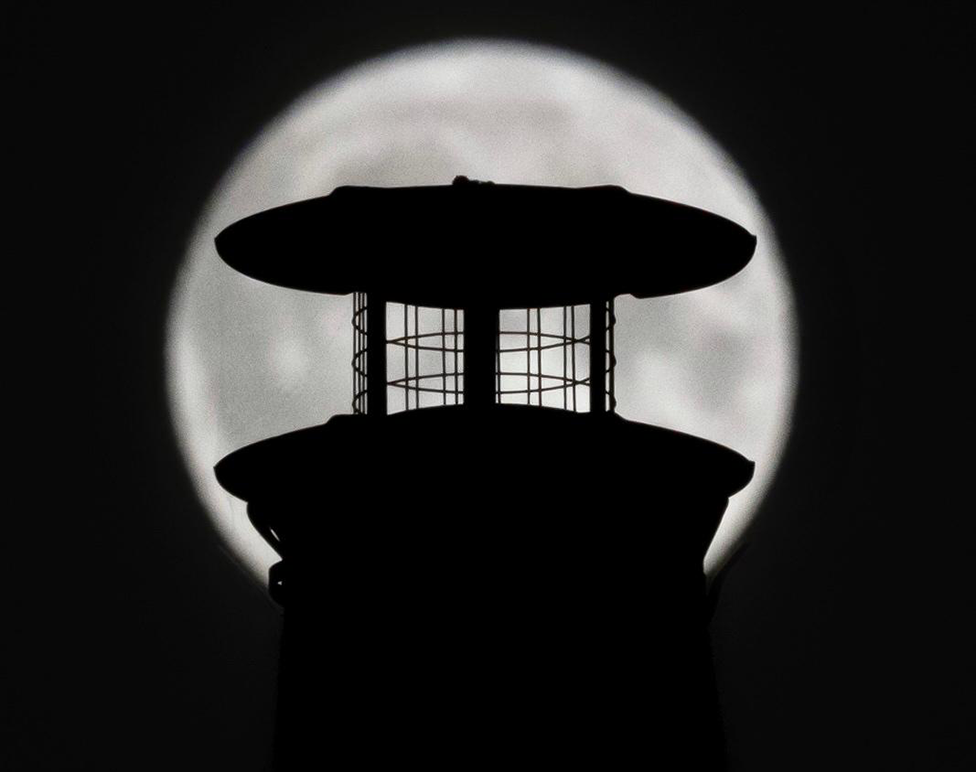
AirbusRed chose to use the Moon to create this silhouette in Sandbach
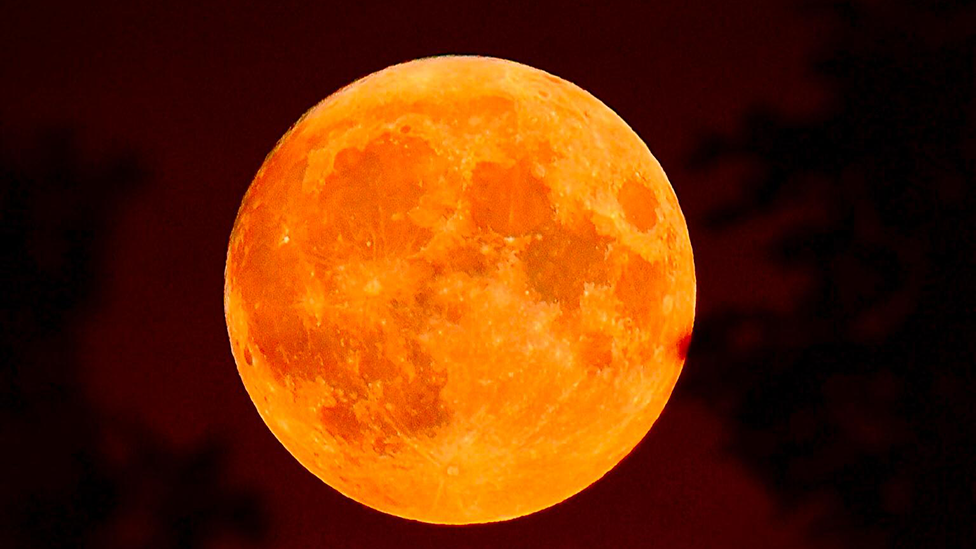
Not blue, but many photos of the Moon on Wednesday night, such as this one in Rolleston-on-Dove, near Burton upon Trent, seemed to show it glowing a warm orange
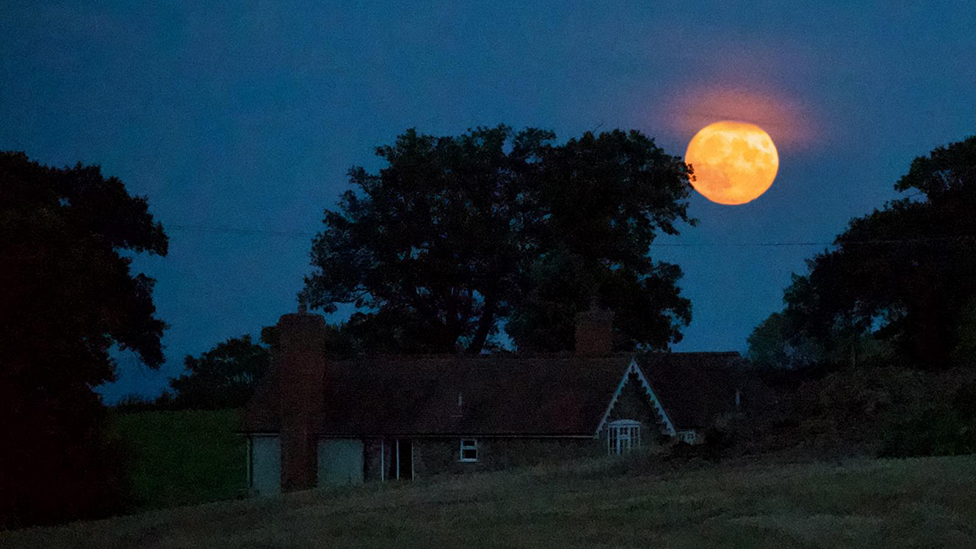
A blue supermoon, here photographed in Yatton, Herefordshire, will next make an appearance in 2037
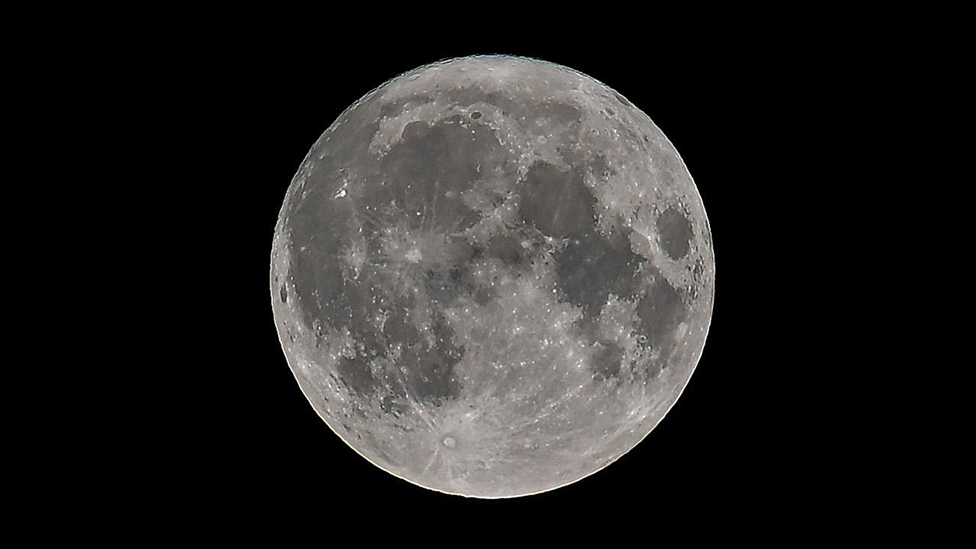
When clouds cleared, astronomy fans got the chance to see the lunar surface more clearly than normal - this shot was captured in Henwick, near Worcester
Blue moons typically come around every two or three years while blue supermoons are even rarer and we will have to wait until 2037 to see the next one.

Follow BBC West Midlands on Facebook, external, Twitter, external and Instagram, external. Send your story ideas to: newsonline.westmidlands@bbc.co.uk, external
- Published31 August 2023
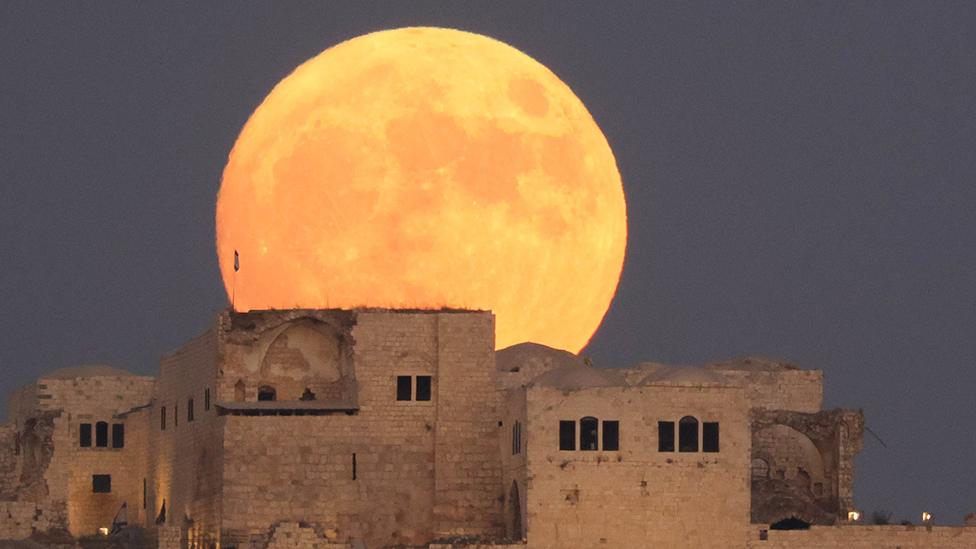
- Published30 August 2023
